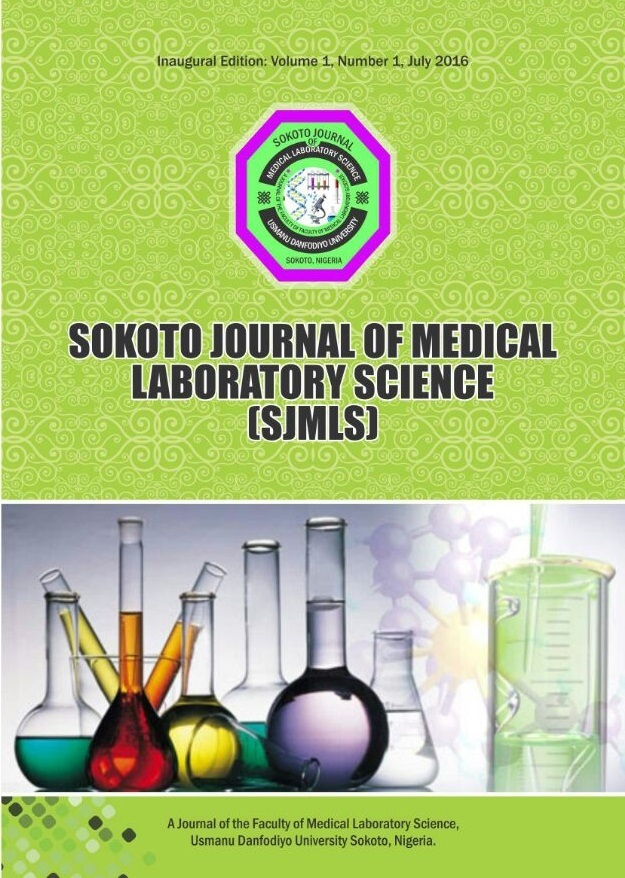Review of Risk Factors Associated with Transmission of Urinary Schistosomiasis amongst Vulnerable Groups: School Pupils and Almajiris and Effect of Treatment with Praziquantel in Maiduguri Metropolis, North-Eastern Nigeria.
Keywords:
Almajiri, cure rate, Praziquantel, Tsangaya, Urinary schistosomiasis.Abstract
Human schistosomiasis is the most prevalent tropical disease in the world after malaria. Most of the countries in Sub Saharan Africa including Nigeria have not achieved the Millennium Development Goals for accessing safe drinking water and halting or reversing major disease incidences. School aged children and young Almajiri were selected for the cross-sectional study. Awareness lectures were given at every study site before collection of samples. Urine filtration technique was used for the diagnosis of urinary schistosomiasis. Infected subjects were given 60mg Praziquantel and followed up after 28 days and the effect was assessed by calculating the cure rate. A total of 308 subjects were enrolled comprising of 200 school children and 108 Almajiri respectively with a mean age of 13 years old. Female-to-male ratio is 9.6. Out of the 308 participants, 149 had urinary schistosomiasis (48.4%) with 5 among the females (17.2%) and 144 among the males (51.6%) respectively (p>0.005). A significant 26.3% of the respondents had haematuria and 77.8% were infected. Only one respondent admitted having knowledge of the disease. A total 136 of those infected received the treatment of 60mg Praziquantel and 43 (31.6%) showed eggs in their urine 28 days after taking PZQ. Highest (84.6%) cure rate was observed among the youngest age group of 5-9 years and lowest (60.3%) was observed among the oldest age group 15-19 years (p=0.005). An overall prevalence of 48.4% among these vulnerable group of the society calls for a great concern because these group of the population serve as means of maintaining the infection cycle. Dearth of knowledge about schistosomiasis, extreme weather condition, lack of potable water supply and poverty remains the reason behind the continued endemicity of schistosomiasis in the study area.




